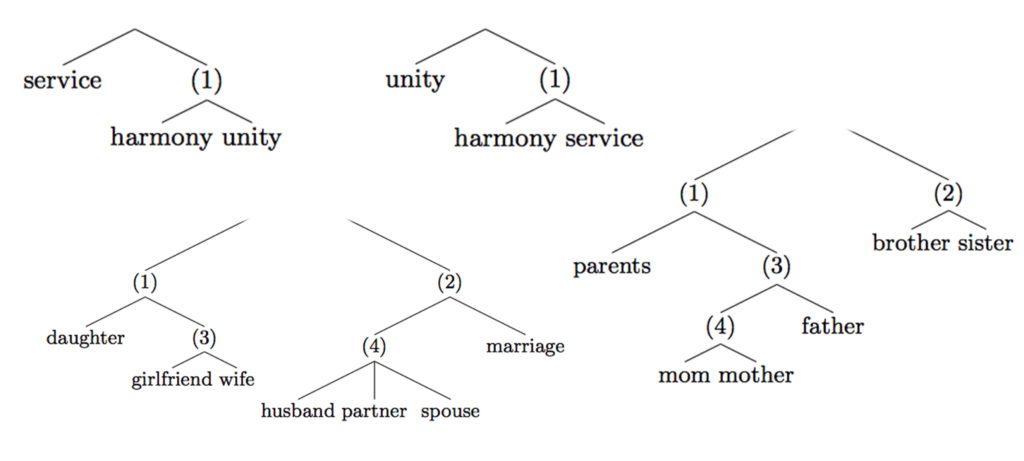Kasikci presents a method to improve a program’s ability to use data in a straightforward, efficient way


Kasikci presents a method to improve a program’s ability to use data in a straightforward, efficient way

This conversational in-vehicle digital assistant can respond to drivers’ questions and commands in natural language

Researchers used hierarchical trees to provide a better idea of how concepts are represented and related in a collection of text.

Researchers have implemented a new way to diagnose software failures with a high degree of accuracy and efficiency.
New, preliminary research found automated speech test accurately diagnoses Huntington’s disease 81 percent of the time and tracks the disease’s progression.
The post Detecting Huntington’s disease with an algorithm that analyzes speech appeared first on Michigan Engineering News.
System sniffs out fakes up to 76 percent of the time.
The post Fake news detector algorithm works better than a human appeared first on Michigan Engineering News.

Foofah is a tool that can help to minimize the effort and required background knowledge needed to clean up data.

Jie Song devised a method to combine summarized datasets that group information by incompatible units.

The researchers identified movement between industry, academia, and government work, tracked the growth of important organizations, and built predictive models for career transitions and employer retention.

Even though we interact with different web services in different ways, there are clues in the data that can indicate trends and identify a unique profile.